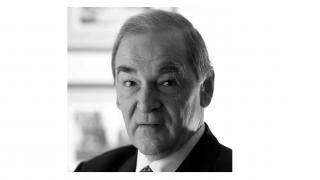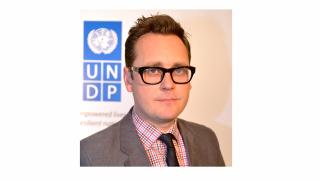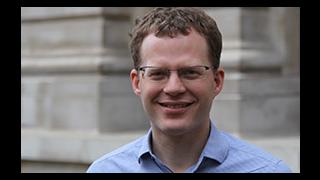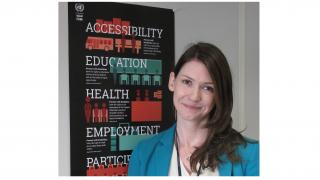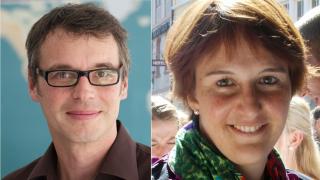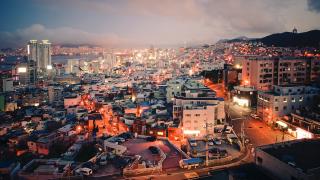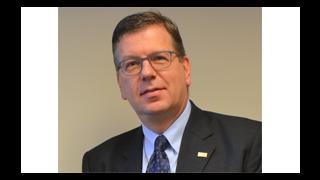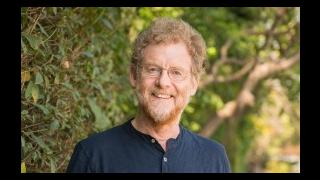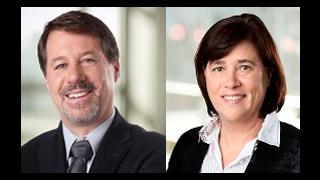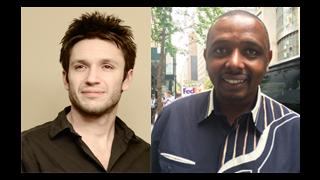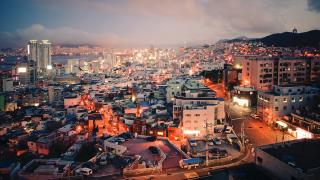
The phenomenon of urbanisation has changed not only the physical landscape but the political one.
Countries from every region have puzzled over how best to accommodate the 54 per cent of the global population concentrated in urban areas. According to the UN, one in eight of these people live in one of the world’s 28 mega cities, home to more than 10 million people each.
Cities can become deprivation traps for their poorest citizens. Unplanned or unsustainable urban growth can lead to creaking infrastructure, environmental degradation, high competition for jobs and strained social services.
In the Republic of Korea, where the 1960s income per head was on par with sub-Saharan Africa, cities like Busan (pictured) have been a key driver of development. Since then, the country’s urbanisation rate has grown from 28 per cent to 83 per cent in 2010, whilst its economy is now the world’s 13th largest.
Yet Korea faces a new trend. The populations of Busan and Seoul are declining, due to ageing citizens, low rates of immigration and the loss of industry. The challenge for modern states, therefore, is adapting to both the ebb and flow of urbanisation.


